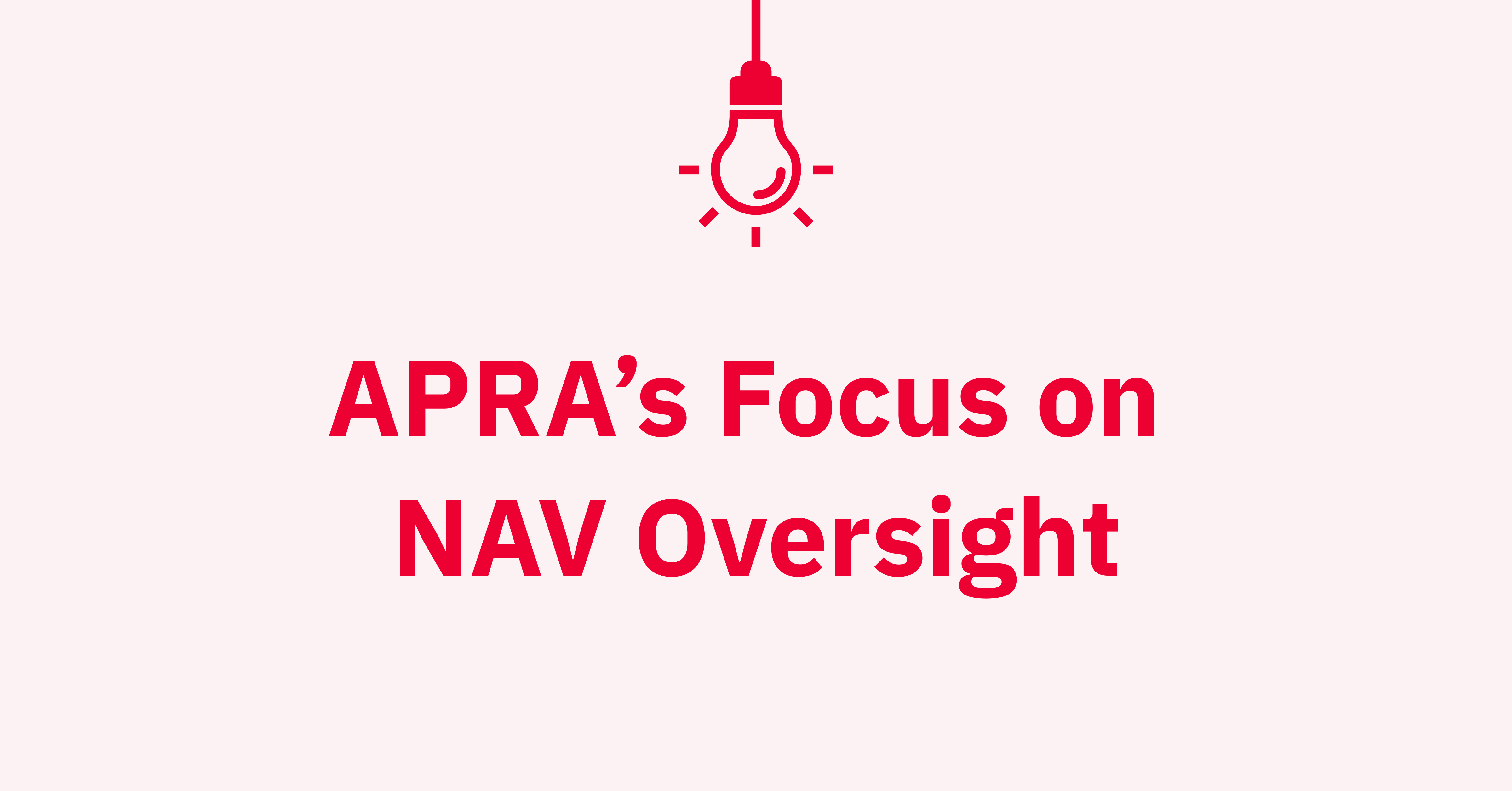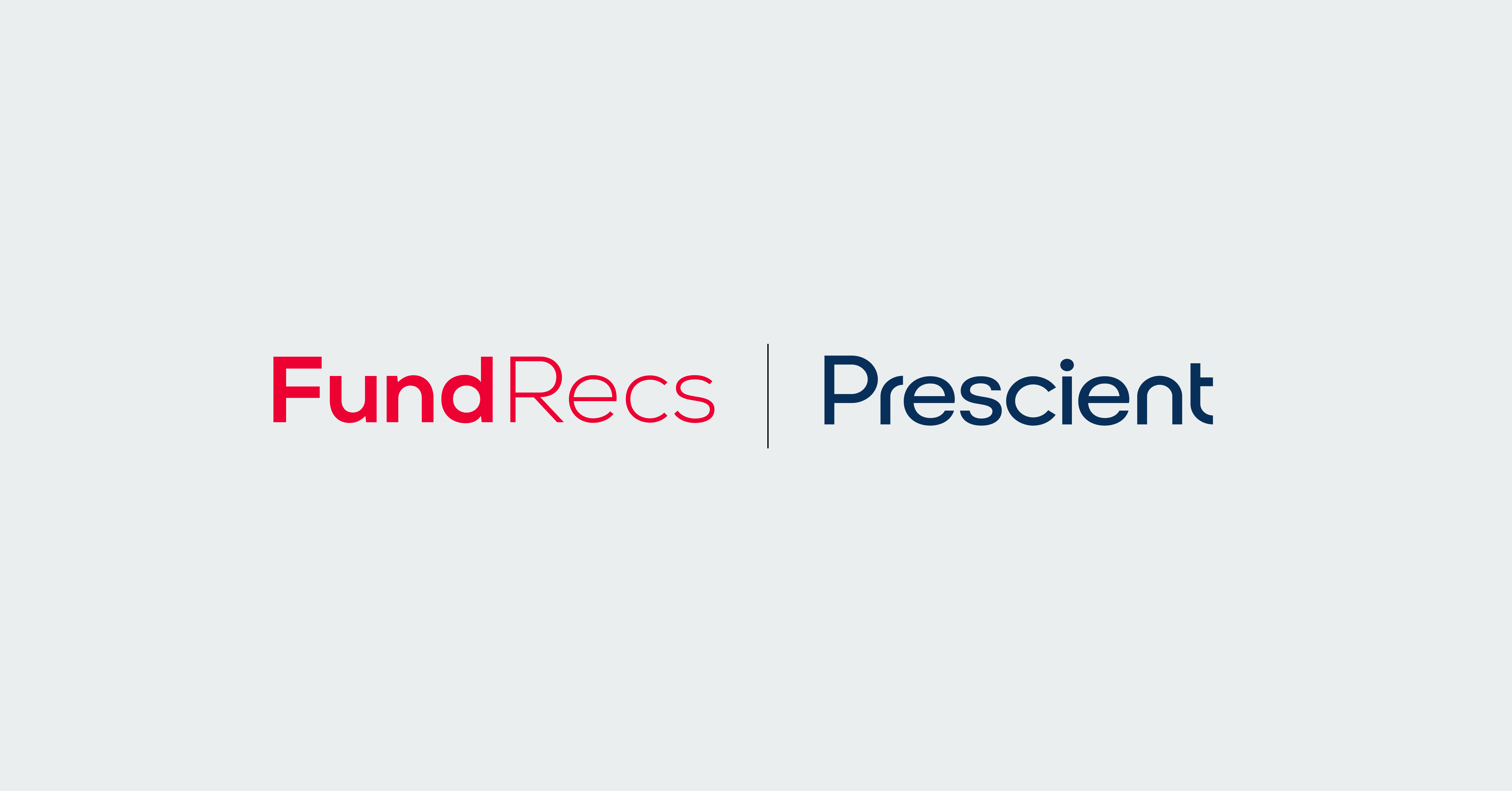Part I: What will hybrid work mean for the funds industry?


In the first of this two-part series exploring what hybrid work means in the funds industry we start by exploring what hybrid work is and discuss the different models companies are adopting. Come back next week for part two where we interview leading industry peers on the topic.
Remember 2019? Me neither. The last 18+ months have turned the world and people’s lives upside down. Back in 2019, we used to drag ourselves to our offices on Monday mornings, fuel ourselves with coffee and somehow get through the week.
Well, for many people in the funds industry, all of that is a distant memory. The pandemic has completely upended the notion of going into work and left in its place a patchwork of returning to the office full time, working remotely from home or a hybrid of both.
There hasn’t been an industry untouched by the impact of the COVID-19 pandemic. Thankfully, the funds industry has proven its resilience during this period. Companies quickly moved from fully onsite work to everyone working from home with little disruption to client services.
Improvements in the availability of broadband and new collaboration technology like Zoom, Slack and Teams have played a big part in this success. It’s hard to see how the industry would have managed if COVID-19 had happened 10 years ago when widespread remote work connectivity did not exist.
Do people want to come back to the office or continue to work from home?
The question has been asked and the votes are in! According to a recent future of work report by Accenture, 83% of people identified a hybrid model as being optimal in the future.
Not everyone has this luxury and without downplaying the challenges, working in the funds industry has largely been a privileged position during the pandemic relative to some industries. Essential workers out there — we see you and know the endless hours you've put in on-site while many of us were able to work from the comfort and safety of our homes
But we also know that in the pandemic, a lot of people who never dreamed that they could do their jobs from anywhere but their office discovered actually they can! And now, in survey after survey, employees have made it clear: they don't want to go back to the office full-time.
A hybrid approach to returning to the office is the clear preference for employees but what version of it is the right approach and specifically what does it mean for the funds industry?
Here are some of the main models that companies are opting for:
- Hybrid fixed: mandate every employee to work on-site and remotely part of the week for set days.
- Hybrid flexible: let each employee decide themselves which days to work from the office or home.
- Fully onsite: Require every employee to come to the office.
- Fully remote: no office and the only option is to work from home.
- Mixed: Some employees are hybrid while some are fully on-site or fully remote.
Henry Ward, CEO of Carta, is taking an interesting approach to their return to the office and his post outlining his thought process is well worth a read.
Let’s look at what Carta are doing and examine some of Henry’s thinking. If you don’t know Carta, it provides VC Fund Admin services and is also widely known for cap table and employee equity management. It has just over 1,000 employees across 10 offices.
Carta is taking a mixed approach with both in-person mandated days, mandated remote days as well as some employees fully remote. Starting September 7, 2021 Carta went with the following for US employees:
- On Mondays, Tuesdays, and Thursdays they will work from the office together.
- Wednesdays and Fridays they will all work from home.
- The last Friday of every month they will work from the office and have a Company Day together.
- The entire month of July they will work remotely, as well as the weeks of US Thanksgiving, Christmas, and New Year.
- A percentage of their employees will be fully remote.
I like the way Henry approaches the question of ‘what is the best approach?’ to returning to the office with an honest assessment of not knowing the right answer! As we’ve discovered, predicting the future is hard.
Carta is adopting a workable starting point but acknowledging that it will have to adapt and change the approach as it learns how to work in this new world. That’s a lesson all leaders in the funds industry can take when communicating the return to office plan with their teams. Just because you are making the final decision doesn’t mean you should have all the right answers, but it does mean you must be asking the right questions.
Giving flexibility vs structure
Henry mentions in his post some of the negatives of giving everyone the option to choose what days to come to the office and which to work from home. Working in the funds industry can be meeting-heavy and there is no harder meeting format than where some of the team are in a conference room in person and others are dialling in. This mixed format is probably the least effective and often meetings are more productive if everyone is remote and dialling in.
Mandating which days will be remote and which will be in-person means this is no longer an issue. You also know that when you do commute to the office you get to meet with everyone rather than people turning up on different days and perhaps not overlapping in person for weeks on end.
This reminds me a bit of the trade-off between giving employees unlimited holidays versus generous but capped awards. Most people prefer to know where the boundaries are and appreciate the structure. Studies have found that in companies with unlimited holidays, employees take less time off.
Giving full flexibility to employees on the days they choose to come to the office can throw up further issues. Some will come in every day because they fear they won't be seen to be working. While resentment can build against team members that work from home more than others.
What we are doing at Fund Recs
A few of the team at Fund Recs are currently back in the office while others are continuing fully remote for now. Our plan is to continue to talk to the team about the best approach in the coming months while also keeping an eye on how things are working out for companies like Carta. With our team at just over 30 people, we have a bit more flexibility with our decision but it’s safe to say that what we go with initially will be a starting point that evolves over time.
Other avenues for new styles of work
There seems to be a wide range of approaches companies are taking. Here are some examples of the extremes at either end.
Large Wall Street banks such as Goldman Sachs and JP Morgan said at the start of the summer that they expect staff to return to fully onsite work.
Meanwhile, PwC said it will allow all of its 40 000 US client services employees to work virtually and live anywhere they want in perpetuity. PwC employees who choose to work virtually would have to come into the office a maximum of three days per month for in-person appointments.
Depending on the type of company and the work carried out, different companies are likely to reap different benefits and encounter slightly different challenges when choosing hybrid, fully remote or fully onsite. Here are some of the benefits and challenges companies can expect.
Potential benefits of the hybrid work approach:
- Companies directly reduce costs due to lower office rent, light and heating costs.
- New opportunities to hire talent across the globe. Restricting recruiting to areas commutable to the office limited the recruiting pool. Hybrid expands the potential pool of talent exponentially.
- Employees can do work when and how they feel most productive. For collaboration, this can be done on days when the team are together in person. When deep work is required, the employee can plan to work from the quiet and solitude of the home office.
- Better work-life balance. Flexibility to take care of life events around the work calendar and run those local errands that can’t be done if fully on-site and only getting home from the commute after 6 pm.
- Reduce exposure to illness. Less time on crowded buses and trains reduces social interactions and as we’ve all learned in detail, helps reduce the risk of catching a viral infection.
Potential challenges of the hybrid work approach:
- Onboarding, mentoring, and networking for new employees has been extremely tough during the pandemic. While employees with a few years’ experience have settled well to work from home, those trying to build relationships and learn from their peers have struggled.
- Having both a home and office setup can lead to duplicate costs like having two keyboards and second monitors.
- Risks creating subsets of employees. Ones that regularly come to the office versus ones that rarely do. These two camps could have different priorities, and this could cause conflict.
- In times of crisis or when an important project is being finalised it can be easier to get everyone on the same page and making decisions if they can physically meet.
- Increased cybersecurity risks. Employees working outside the office could create cybersecurity vulnerabilities.
What does this mean for the funds industry?
The pandemic has accelerated us all into the future and that future is evolving faster than ever before.
Defining the return to office work patterns presents a series of opportunities and challenges to companies in the funds industry.
As you can see from the different approaches some companies are taking there doesn’t seem to be a consensus on the best approach. In fact, there may end up being multiple different approaches depending on the company, type of work and culture. When you think about it, it was a bit crazy that pre-pandemic most companies had accepted fully on-site without giving it too much thought.
The world faces huge challenges across climate, politics, and health. The funds industry is well positioned to resource the solutions to our biggest problems, proving its resilience during the pandemic. Hybrid work presents a new set of opportunities and challenges with the funds industry well-positioned to adapt and continue to prosper.
To find out more about how Fund Recs is helping to change the shape of work through software innovation, request a demo today.


